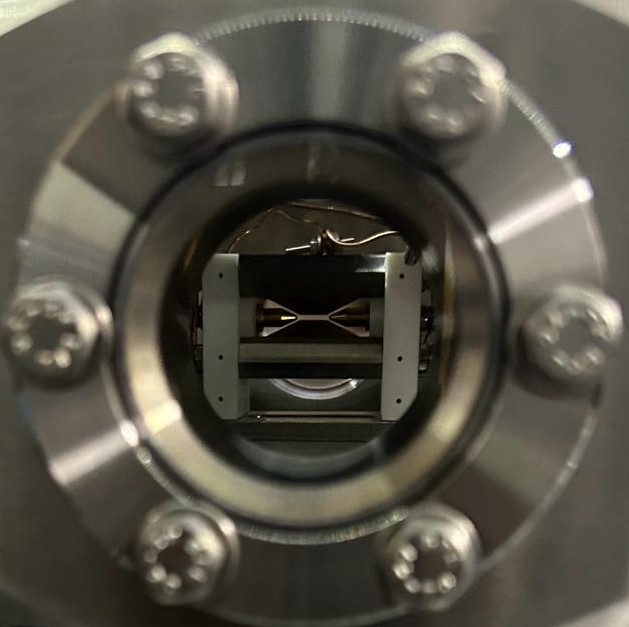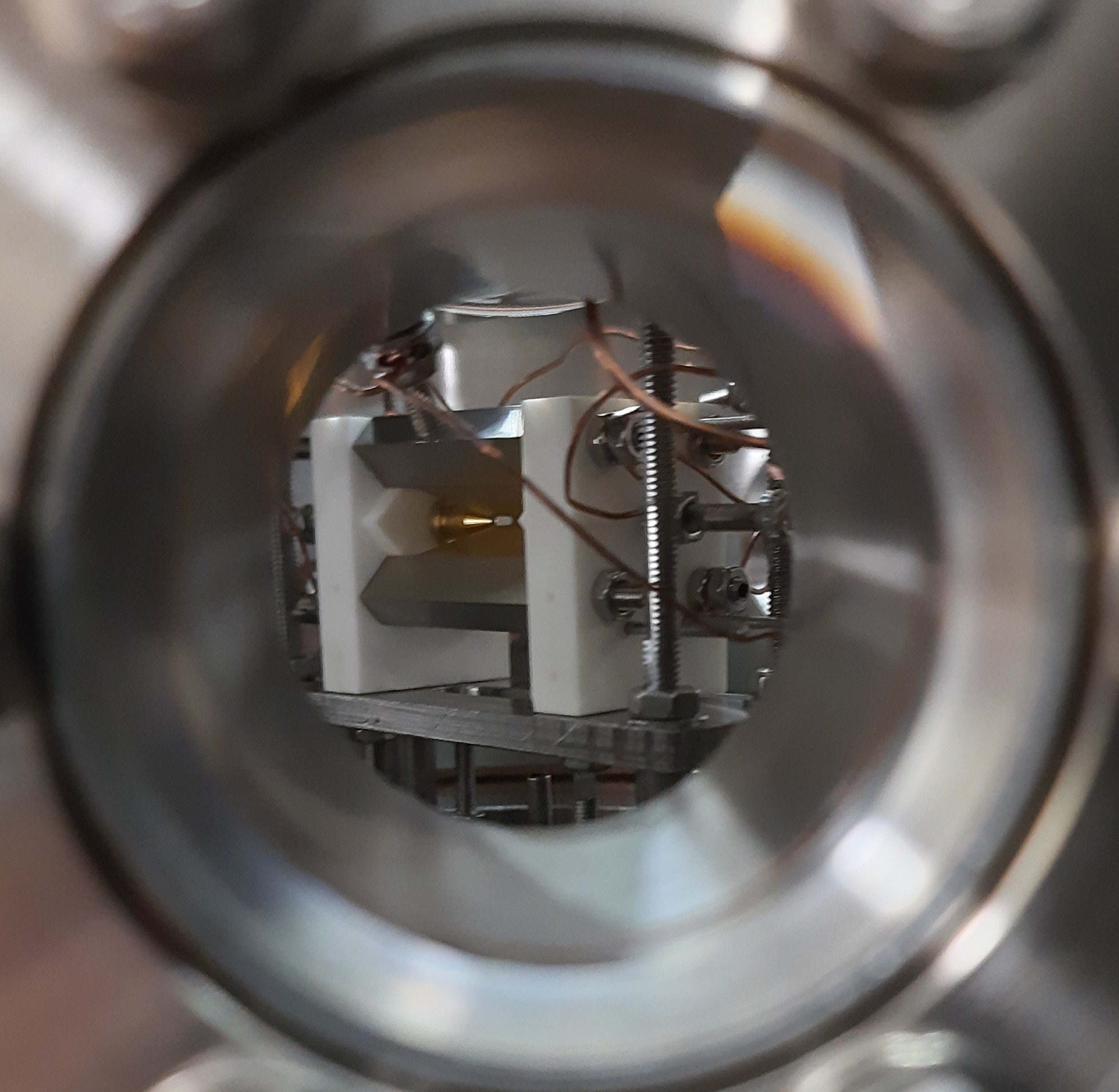Ion Trap Quantum Computing
Quantum computing aims to address a wide range of problems that are difficult to solve using a classical computer. These problems can be broadly classified into developing novel quantum algorithms and doing quantum simulations aimed at the discovery of new materials, drugs, and fundamental phenomena.
Quantum computation can be physically implemented on an architecture satisfying the di Vincenzo criteria - well-defined qubits that can be scaled to a large number, the ability to initialize the qubits to the required state, long coherence times of the qubits, a universal set
of quantum gates that can be applied on individual qubits to manipulate their state, and finally measurement of the qubit. Among the various platforms explored, ion traps stand out due to their exceptionally long coherence times and high fidelities of both single-qubit and multi-qubit gate operations.
The ion trap project at IISER Pune aims to realize a 20 qubit quantum computer based on the optical qubit in 40Ca+ ions. Ions are confined in space using a combination of RF and DC electric fields in a blade trap. We have fabricated the individual components and assembled a fully functional ion trap setup. We have stably trapped linear ion crystals of more than 10 ions. Further, we have observed quantum jumps and performed measurements of the internal state of the ions. This linear string of cooled ions will act as the qubit register for performing quantum computation and quantum simulation.
The ion trap project at IISER Pune aims to realize a 20 qubit quantum computer based on the optical qubit in 40Ca+ ions. Ions are confined in space using a combination of RF and DC electric fields in a blade trap. We have fabricated the individual components and assembled a fully functional ion trap setup. We have stably trapped linear ion crystals of more than 10 ions. Further, we have observed quantum jumps and performed measurements of the internal state of the ions. This linear string of cooled ions will act as the qubit register for performing quantum computation and quantum simulation.


